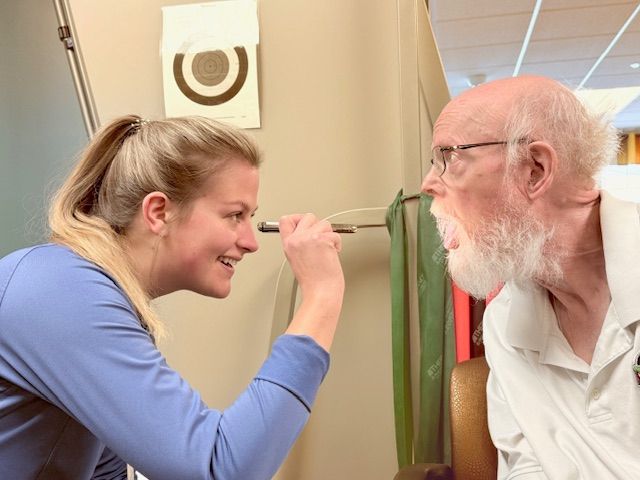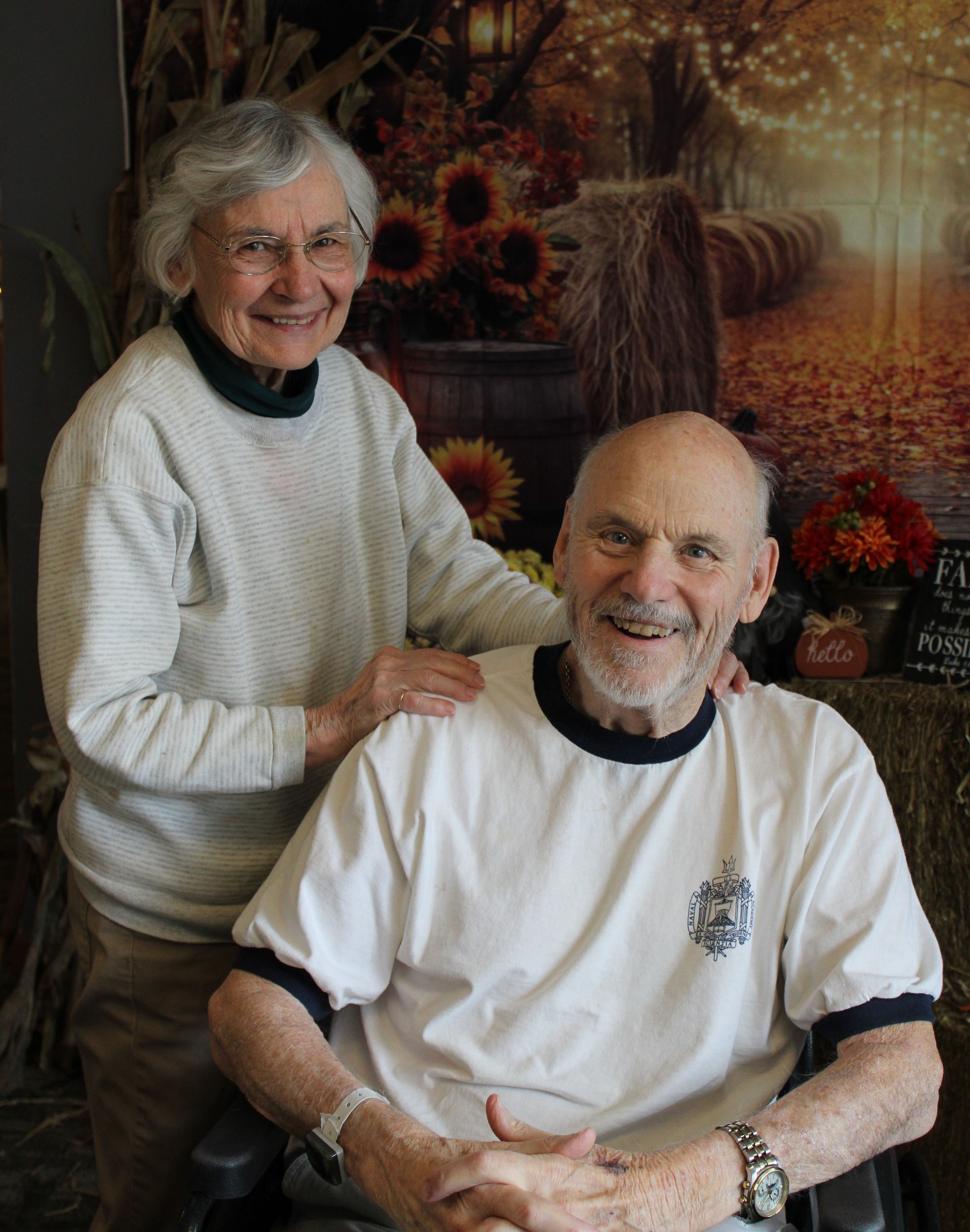
Focus on Falls Prevention
This week is Falls Prevention Week, an opportunity to educate people about the risk of falls among seniors and how to prevent them. First some facts from the CDC and other reputable sources:
- Each year, 37 million falls occur among older adults aged 65 and older.
- While not all falls result in an injury, about 37 percent of those who fall reported an injury that required medical treatment or restricted their activity for at least one day, resulting in an estimated nine million fall injuries.
- Nearly one million older adults are hospitalized because of a fall injury every year, most often due to a head injury or hip fracture.
- Hip fractures due to a fall accounted for 88 percent of emergency department visits and hospitalizations and 83 percent of deaths related to hip fractures were also caused by falls.
- Falls are also the most common cause of TBI-related deaths and hospital admissions
The National Council on Aging (NCOA) has a number of great resources on its Falls Prevention website page that contains valuable information about falls and steps to prevent them, which include:
- Exercise to increase your muscle strength and improve your balance.
- Talk to a pharmacist, doctor, or health care provider if you start to feel sleepy, lightheaded, or dizzy, as these may be side effects of your medicines. This is especially important when you start a new medicine.
- Make your home safer. You can improve lighting, install railings, and move frequently used objects to a place that’s easier to reach. Use the CDC’s Check for Safety brochure as a guide.

Senior fall prevention tips icons set: safe home improvements and healthy lifestyle advices
- Get annual eye exams and update your glasses or contacts to maintain good vision.
Also take NCOA’s Falls Free CheckUp to determine if you’re at risk.
At Saint Therese, our
Ascend Rehab company has a “Better Balance for a Better Life” program that focuses on assessing balance and fall risk, then creating a custom treatment plan to decrease someone’s risks of falling and fear of falling. It uses state-of-the-art tools to complete the assessment, including the NeuroCom SMART Equitest.
About
At Saint Therese, our heartfelt purpose since 1968 has been a people first approach to living well by providing senior care and services where every life we touch feels welcomed, respected, and heard. We achieve this by doing ordinary things with extraordinary love every single day. Contact us to learn more.







